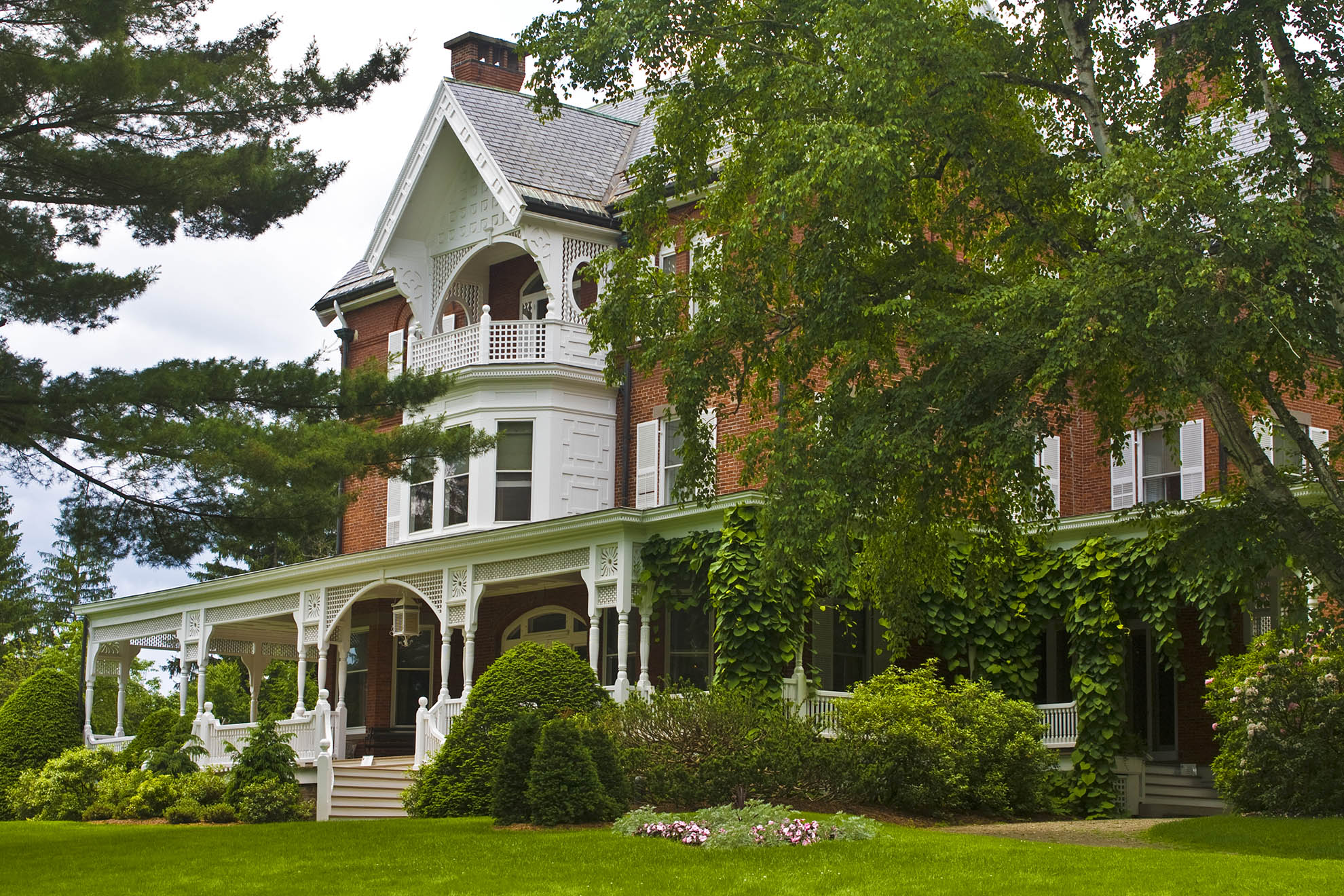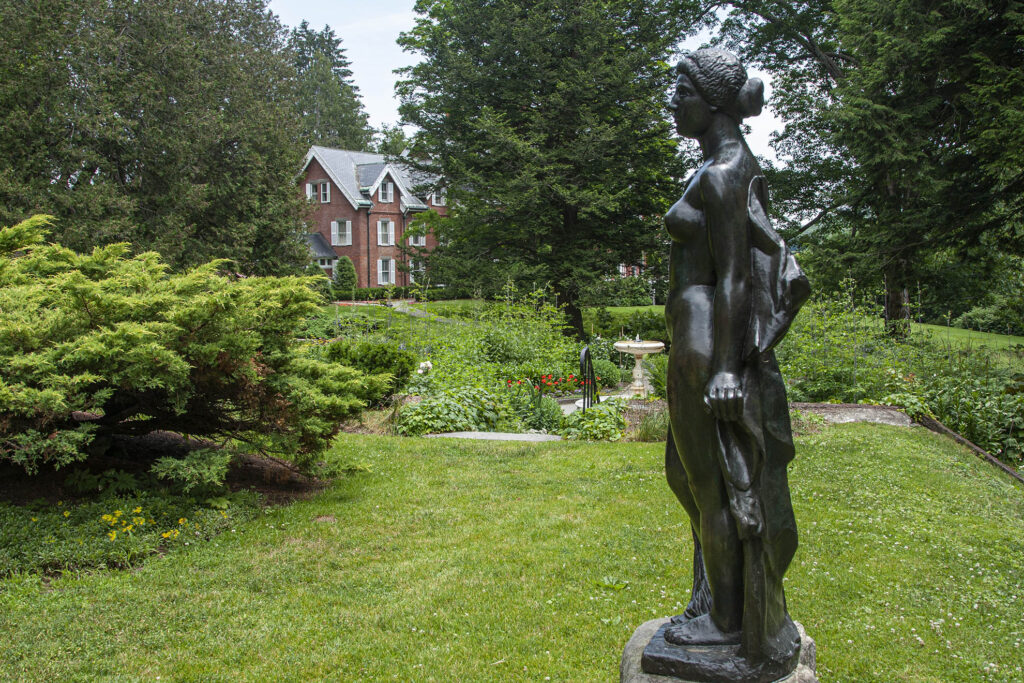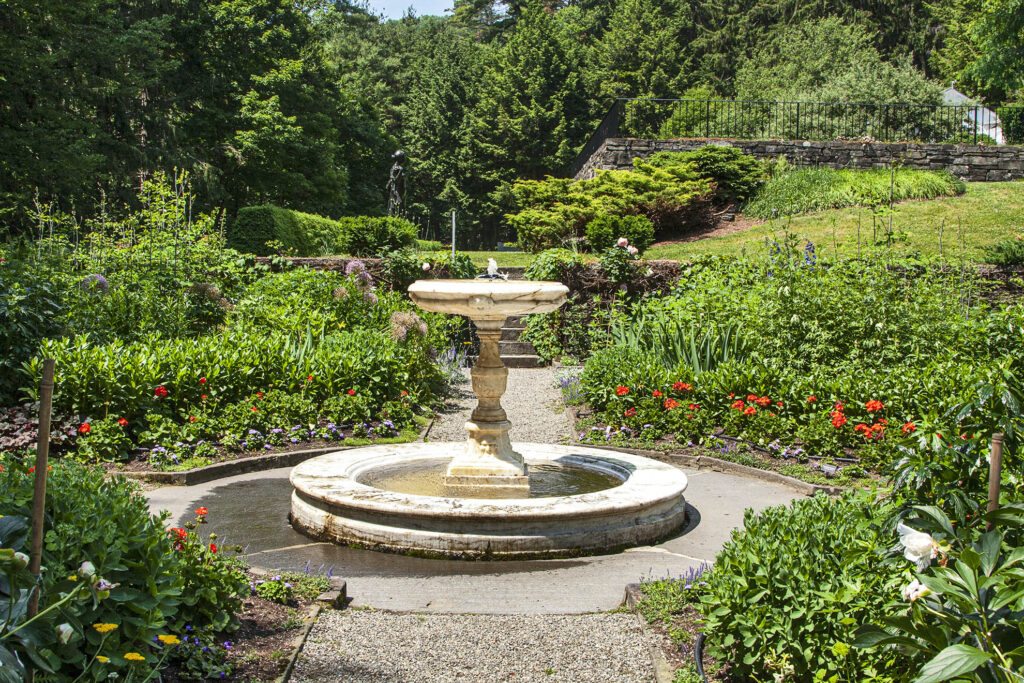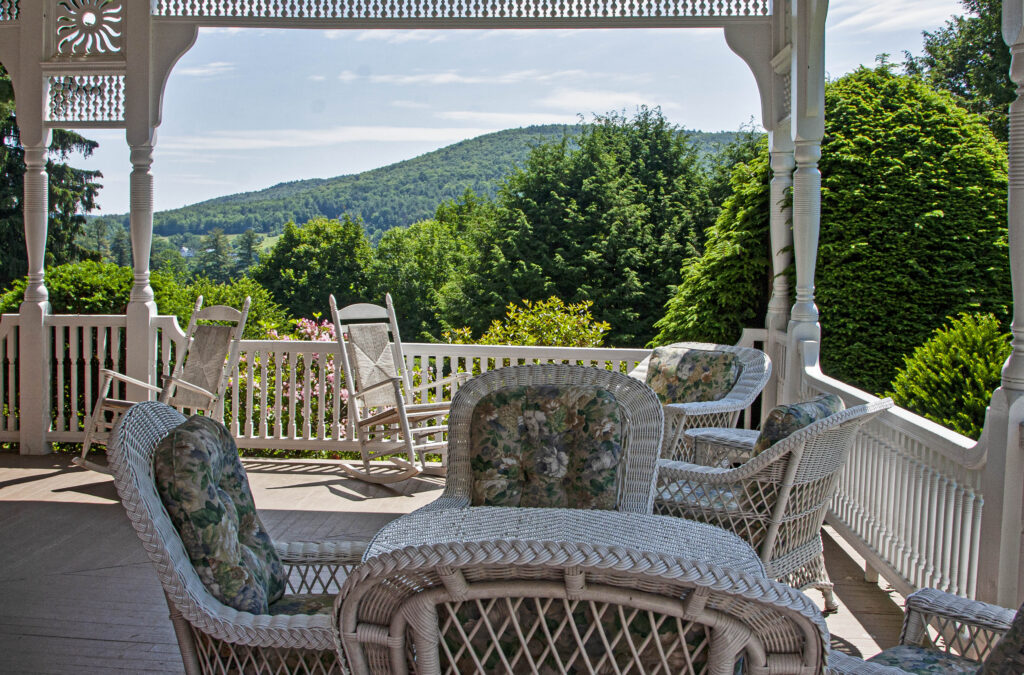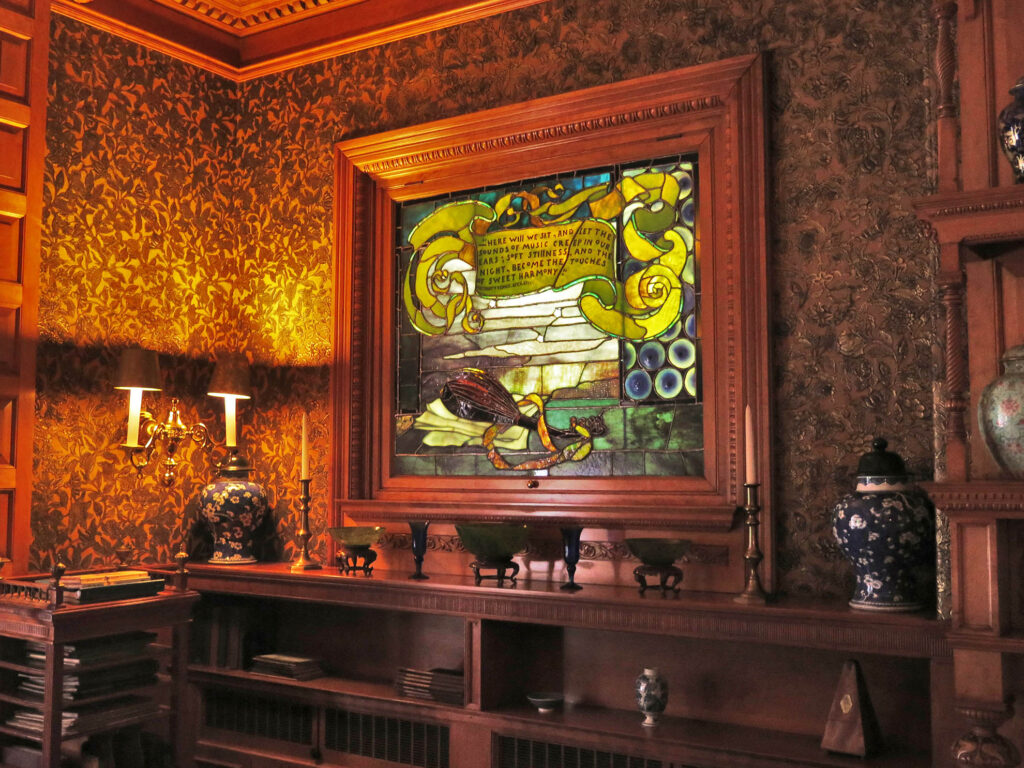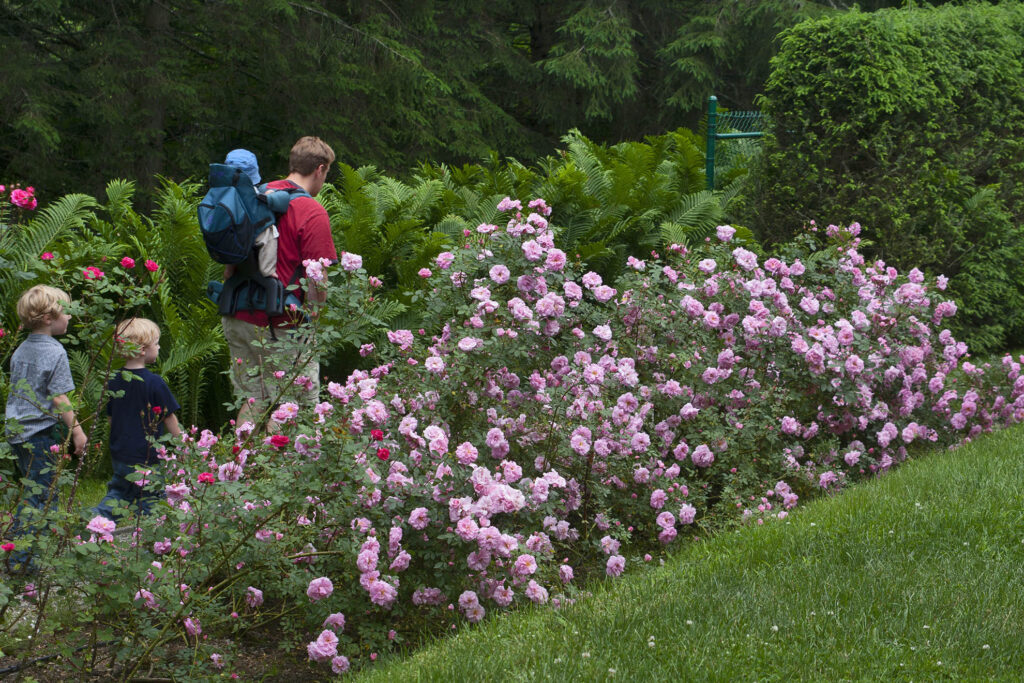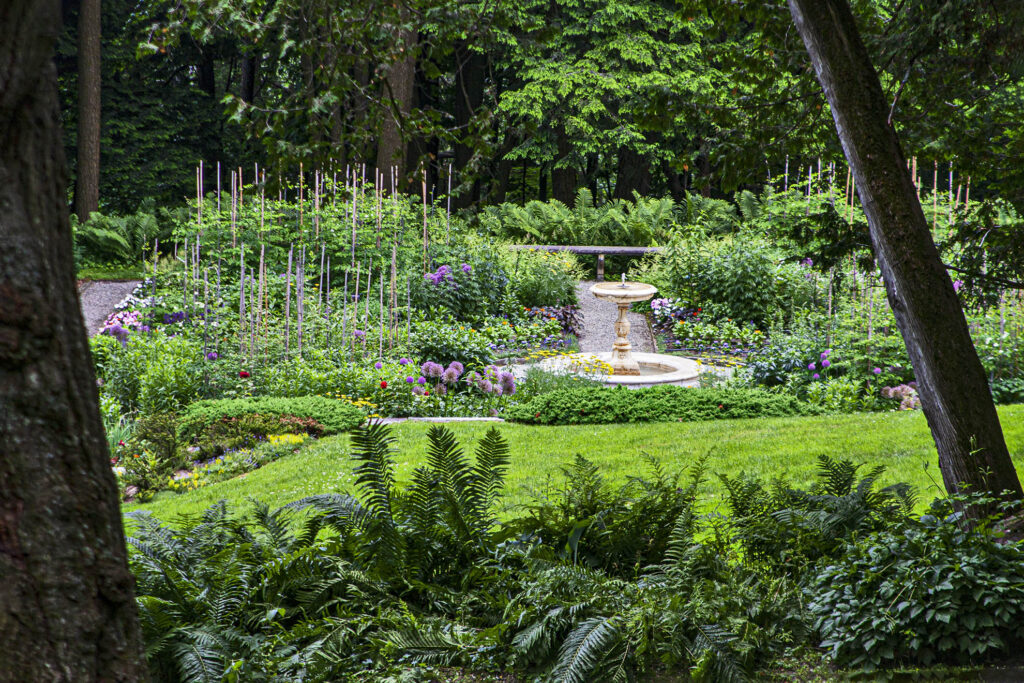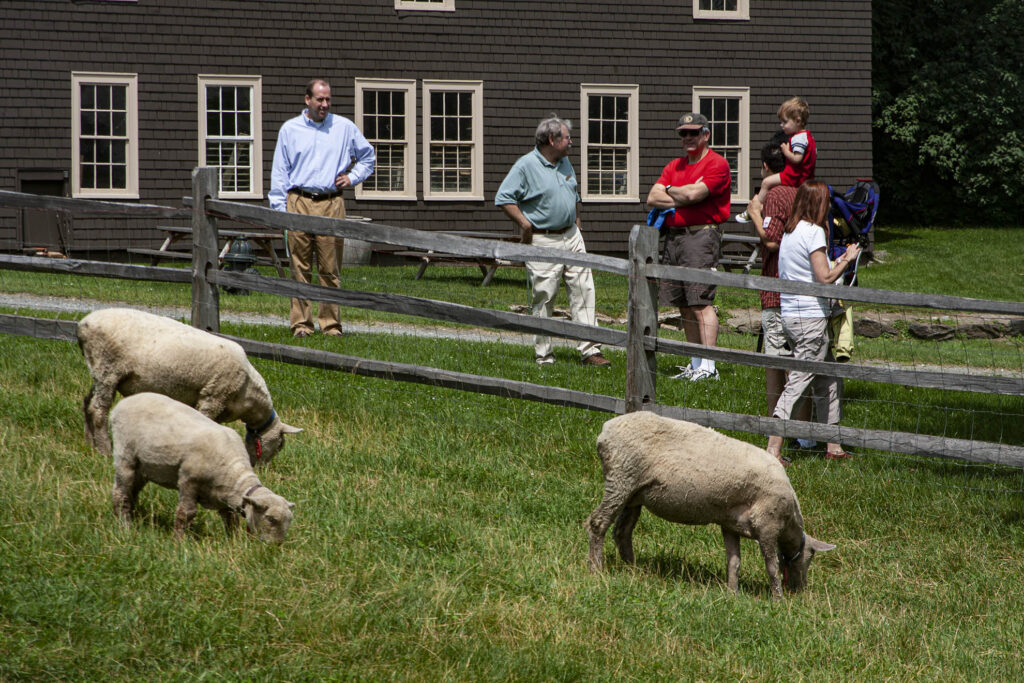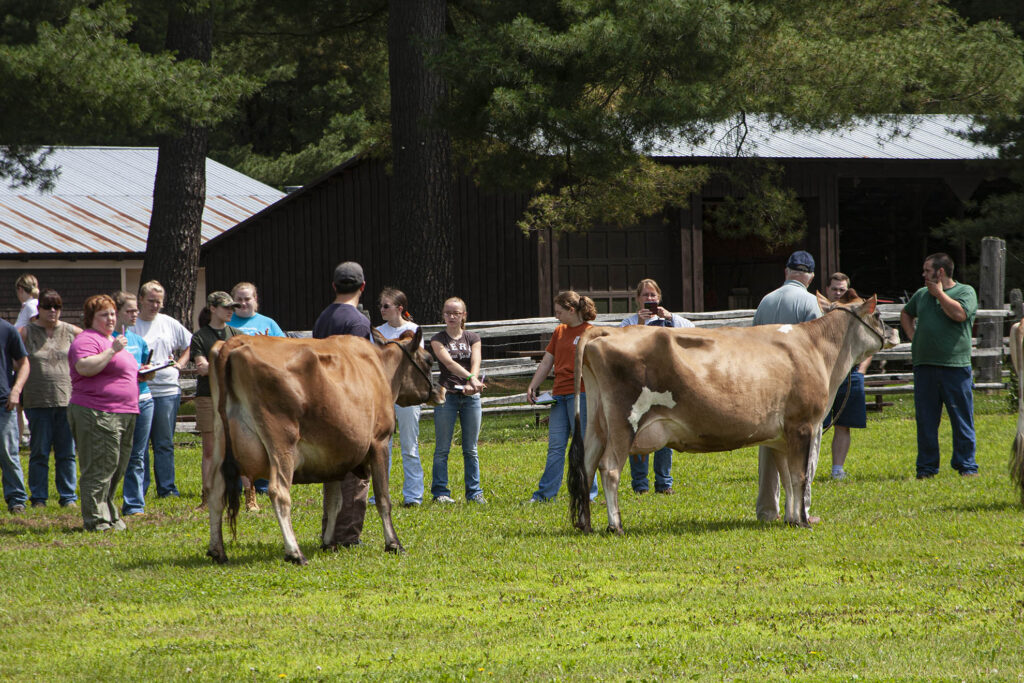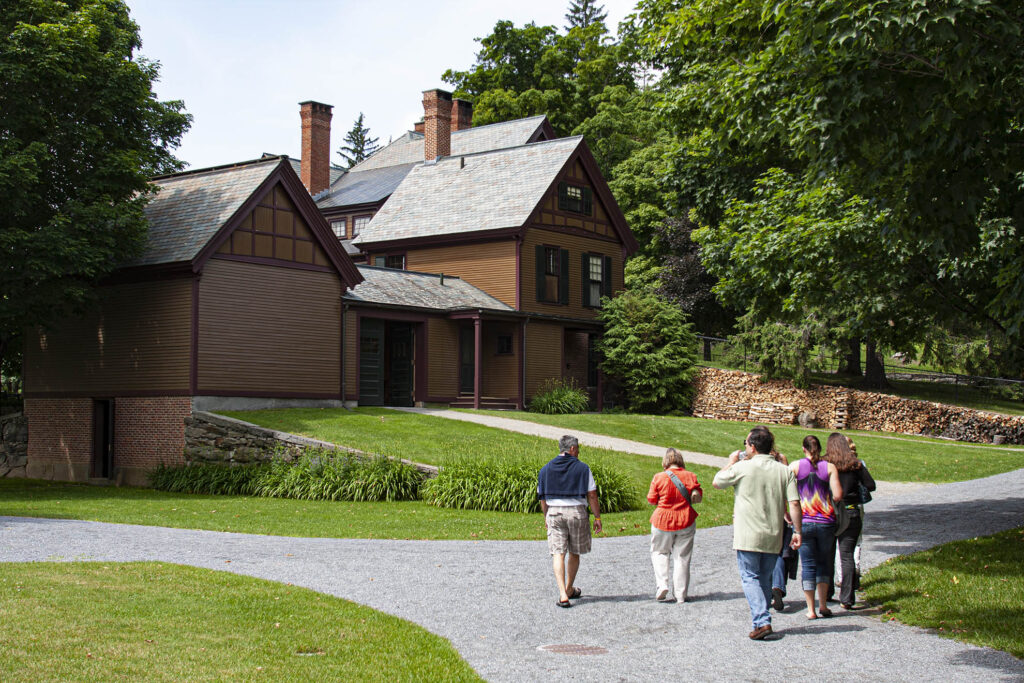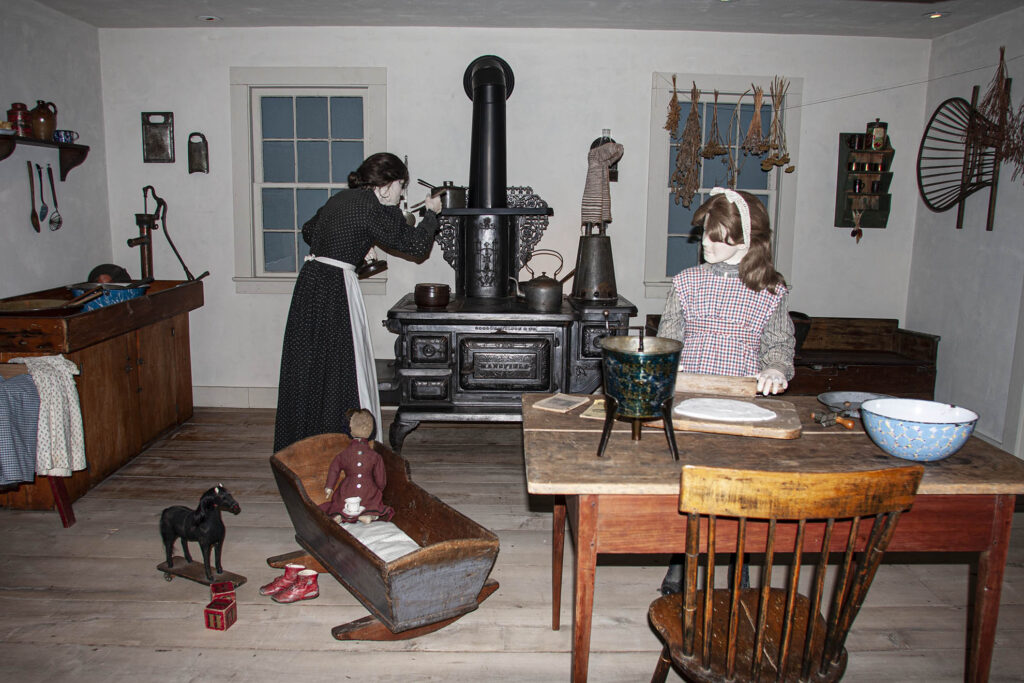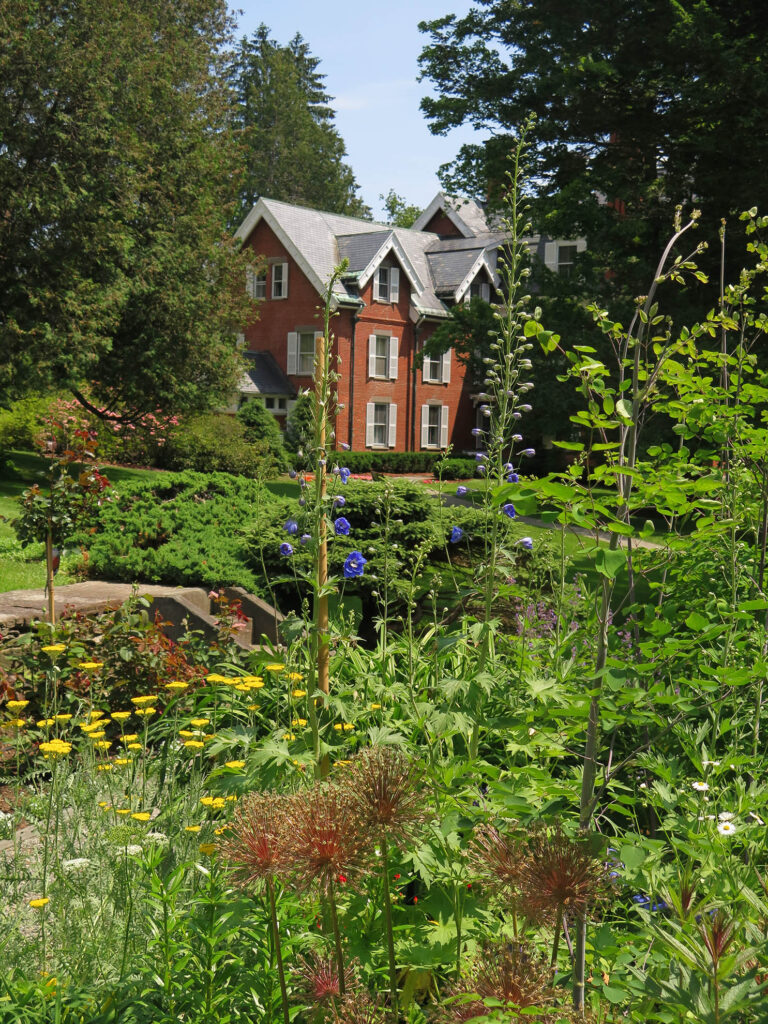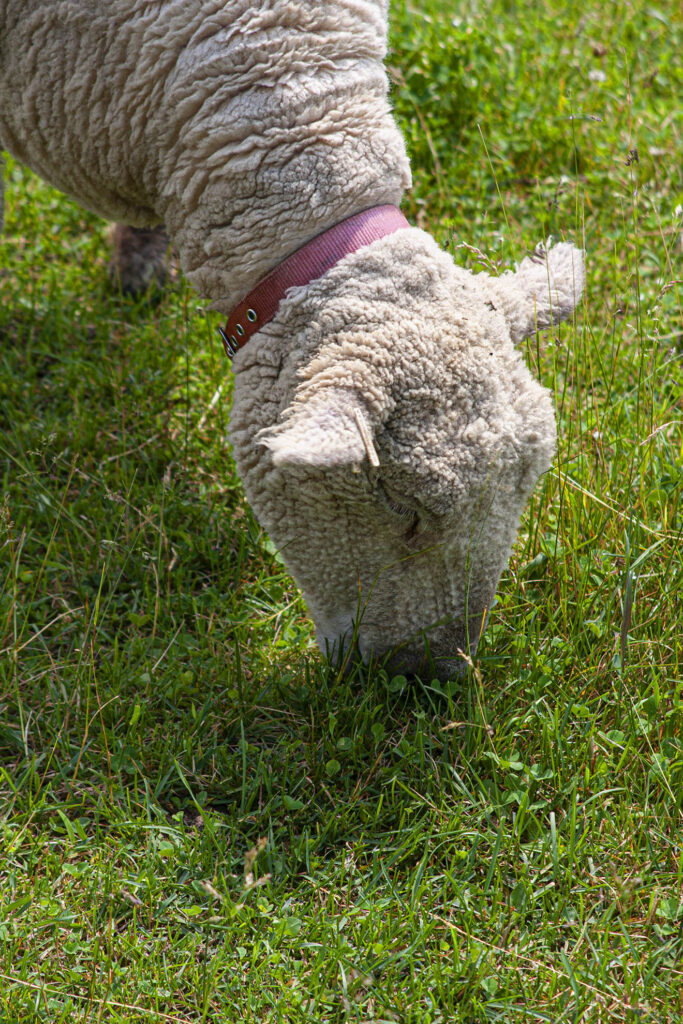While it may be best known for its post-card downtown and the number of wealthy people that live or have summer homes in town, Woodstock deserves to be better known for its role in establishing the environmental movement. From early in the nineteenth century, Vermont, like New Hampshire’s White Mountains, saw its vast forests cleared for farming and lumber.
Woodstock native George Perkins Marsh, owner of a farming estate there, saw the stripped land erode and the soil degrade. Based on his observations, in 1864 he wrote Man and Nature; or, Physical Geography as Modified by Human Action and is widely considered the originator of the environmental movement.
Frederick Billings bought Marsh’s estate in Woodstock in 1869 and, heeding Marsh’s words, began a program of reforestation on Mount Tom, as a demonstration of good forest management. That program and its mission continued when Mary and Laurence Rockefeller inherited the property in 1954. Today, as the Marsh-Billings-Rockefeller National Historic Park, the property continues to promote land stewardship and sound environmental practices.
The park has three separate features, each of them fascinating places to visit. Spreading across the wide, flat valley landscape is the Billings Farm and Museum. Started by Billings to promote the best practices in animal husbandry, it continues to serve that goal today. The fully furnished farm manager’s house is a fine example of 19th-century rural living.
The museum’s lively exhibits on farm and rural life show how this farm and its enlightened practices influenced dairy farming. Cows graze in the pasture, often observed by fascinated kids who can also watch a hive of bees and learn old-time rural skills in demonstrations and hands-on experiences during special events. A walking trail leads from the Farm Museum to the Ottauquechee River and along its banks.
On the hillside across the road stands the Marsh-Billings-Rockefeller Mansion. The original brick Federal-style house was built by Charles Marsh in 1805. In 1869, new owner Frederick Billings renovated it in the currently popular Stick Style, adding a mansard roof, pointed gable dormers, a verandah and painted trim.
In 1884, he enlarged and remodeled the house again, this time in the Queen Anne Style, removing the mansard roof, adding ornamental brickwork and decorating the interior with lavish Victorian details, including embossed wallpaper, fabrics and stained-glass windows by Tiffany & Co. Seventy years later Billings’ granddaughter, Mary French Rockefeller, and her husband Laurence added modern features but preserved the historic architecture and décor.
It was also the Rockefellers who assembled much of the extraordinary art collection displayed in the house, many by the artists of the Hudson River School. Some of America’s finest landscape painters, these 19th-century artists captured the vastness of the wilderness and majesty of the mountains that most Americans had never seen for themselves. Their work inspired people not just to see these places but to respect the land and landscape. From this arose the concepts of conservation, preservation and land stewardship.
The Marsh-Billings-Rockefeller National Historical Park’s fine art collection includes more than 500 works. In addition to the 19th-century landscape paintings and portraits are modern art, folk arts and sculpture. The highlights of the collection are four paintings by Albert Bierstadt. Guides leading tours of the house are well-versed in its art collections, architecture and antiques.
The third part of this trio is the grounds, also a tribute to its three families for their continuing emphasis on gardens, forestry and recreation. The formal grounds were designed by landscape architect Robert Hunt Morris Copeland in 1869. He introduced a long, curving driveway and curved planting beds. Other landscape architects such as Charles Platt (part of the Cornish Colony in New Hampshire), Martha Brooks Hutchinson, Ellen Shipman and Zenon Schreiber expanded and refined the gardens. The formal perennial garden with a fountain is a beautiful example of opulent use of a small space.
Behind the house rises Mount Tom, webbed by miles of trails through its forests, where Billings began his reforestation drive in the mid-19th century, its trees now tall and mature. In all, 20 miles of trails and carriage roads, through 555 acres of forest, are open for hikers and horseback riders. Rangers are on the trails daily to explain the conservation and management of forests. At least four different tours are also offered daily by rangers who share stories about the park’s history, legacy and personalities.
A map of the trails is available online (www.nps.gov) and at the Visitor Center. There are also trails at King Farm, Faulkner Park and Billings Park (which all connect with those of the National Park) and at Mount Peg Park on the east side of town off Route 4. Woodstock has several access points for the Appalachian Trail, as well.
The park’s continuing mission of land stewardship and forest conservation includes Working Woodlands Workshops, which are now offered digitally. Participants learn from scientists, forestry specialists and landowners about subjects such as low-impact tree harvesting, timber improvement, invasive plant control, and trail maintenance, as well as topics that expand their familiarity with the natural environment, such as identifying tree species and animal tracks.
The community outreach is especially strong in involving children through its Parks as Classrooms initiative, which partners with educators to develop curriculum materials. In turn, educators work with park staff to develop new learning opportunities at the park. A program and guidebook for ages 7-12 encourage young people to become Junior Ranger Community Changers, with activities that help them learn about the park and its mission, and earn a Junior Ranger Badge.
Side Dish
Take time to explore the stores on Central Street, a short piece of Route 4 that runs through the business district to the long tree-shaded Green, and the intersecting Elm Street. In an old granite building on Central Street, right alongside the Ottaquechee River, the Vermont State Craft Center, called Collective of the Art of Craft, is filled with exceptional handcrafted works by Vermont artists and artisans.
Art is a major interest in Woodstock and there are several galleries worth exploring. We particularly enjoy the Gallery on the Green for its selection of works by some of the leading contemporary artists, and for the breadth of styles shown. It is on the corner of Elm Street at The Green. The Woodstock Gallery at 6 Elm is also a favorite for browsing, representing a number of artists with widely varying contemporary styles.
Article and Photography by Stillman Rogers
World Correspondent, Destinations
Photographer, Planetware.com

